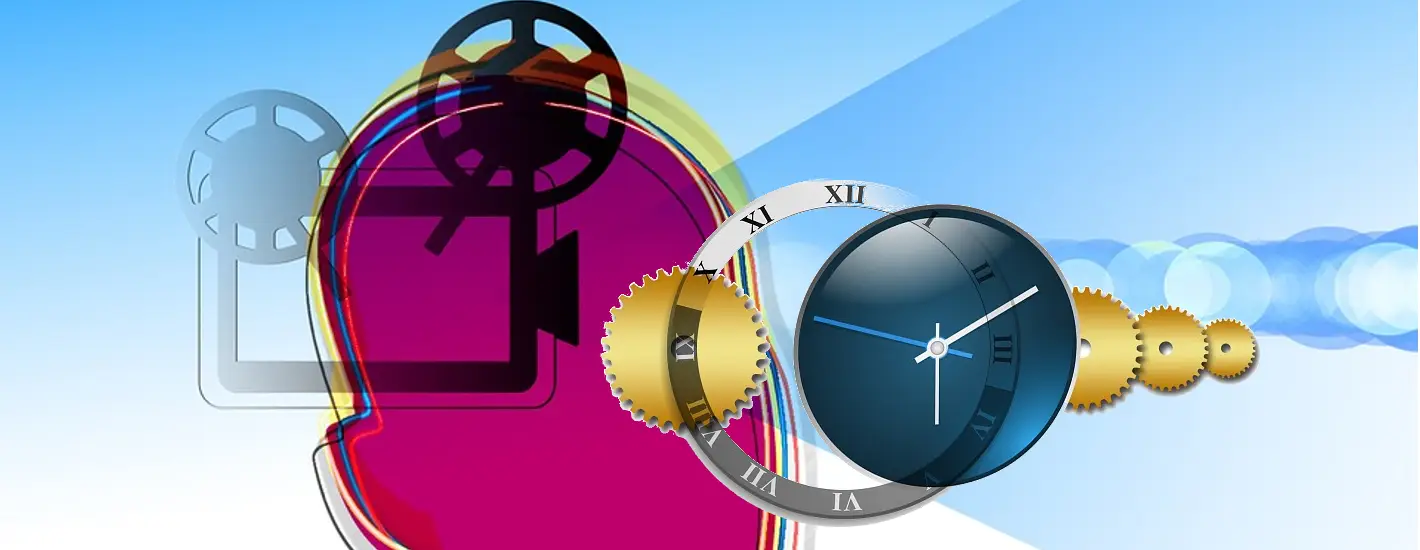Learn how to work with two opposite power types when working on your project.
I’d like to introduce you to two power types you must have on your team.
 Whether they are involved as service providers, partners, or outside counsel, these two “power people” will help to keep your project moving, IF you understand their powers – and what the timing is to have them step in for their input.
Whether they are involved as service providers, partners, or outside counsel, these two “power people” will help to keep your project moving, IF you understand their powers – and what the timing is to have them step in for their input.
When you are building your dream and planning your future, you will be working with a variety of team members. Understanding who should make up your team, as well as when to have them involved in your planning process, is important.
As I discuss the strengths of these two personalities, keep in mind that “every gift, gone to excess, becomes a weakness.” Too much of a good thing isn’t always good. Identifying the motivations behind the suggestions from these people will help you to balance your decisions based upon their feedback.
 The Creative
The Creative
- Description
- A Creative is a person who is constantly flowing in ideas, solutions, and “how-to” thoughts on a 24/7 basis. Nearly impossible to turn off, their brain is electrified with color, music, solutions, ideas, insights, and inspiration. Vision and future-focused, they see things as though they have already existed and can lose you in their conversations because of this future view.
- Strengths
- Resourceful
- Ideas! Ideas from scratch and the ability to re-purpose ideas to create more.
- Ability to visualize alternatives to achieving a common goal
- Can visualize your project and be invaluable in encouraging and stirring you up when uncertainty raises its ugly head.
- Weaknesses
- Rabbit trails! One thing leads to another.
- May forget your agenda and get lost in their own agenda
- Action Steps
- The abundance of information and ideas does not mean you have to do all of them. This is information and ideas. Take what you like and what resonates with you and your goals.
- Ask questions that will bring the Creative out of the future and back to the present. Asking a Creative what steps are needed to get from A to B will open the door to all of those rabbit trails I just mentioned. One step opens a door to many possibilities. Instead, ask questions as though the most exciting idea has already been achieved. Bring them back from the future by asking them steps that identify how they arrived at that idea. This will help them to focus on that one idea instead of all the other possibilities available. Sample questions to ask include
- “How did you arrive at that?”
- “What steps would have been taken to get this result?
- “What materials or people would be needed to accomplish that?”
- “What other resources would be needed?”
- “What is the simplest way to do this?”
- “What can we do today?”
 The Problem Spotter (not to be confused with problem solvers)
The Problem Spotter (not to be confused with problem solvers)
- Description
- They can see potential problems a mile away
- Their statement of “there’s a problem here” may sound like criticism or personal opinion, when in fact, they are simply stating that there’s a problem.
- Depending on their purpose and focus, one type of Problem Spotter may be more focused on processes and systems, while another is more focused on finances and another on the How-tos. (Note the word FOCUSED)
- Strengths
- Detailed
- Insightful and discerning
- Ability to see ‘land mines’ from a distance, they alert you to issues that need to be solved ahead of time or avoided altogether.
- Weaknesses
- Remember, they focus on problems.
- They might be inflexible and demand that things be done a certain way. (their way) in order to protect the integrity of what they’ve understood your project to be.
- Action Steps
- Be very clear in your end goal. If you don’t mind expanding your project, tell them; or else they will see your expansion as a problem.
- Ask questions that will help you clarify and understand the problem that has been spotted. You’ll want to evaluate that problem according to what you are comfortable with, not what the Problem Spotter is comfortable with. Sample questions to ask include
- “What is the best-case scenario?”
- “What is our worst-case scenario?”
- “What do you recommend?
- “Can you tell me more?”
- “What other resources would be needed?”
A Problem Solver who is gifted at spotting the problems before they happen is good to have at the beginning of your project planning and periodically when you are at crucial points of planning where you need to see the next problem.
If a Problem Spotter is involved throughout the entire process you may experience discouragement and hopelessness, as each problem is pointed out, no matter how minor. This is what problem spotters do—so the best time to have a Problem Spotter involved in your project is at the beginning, periodically in the development, and a final time when wrapping up that particular stage of your project. Understand that problems will always be seen. Your job is to decide the risks and benefits in the completion of your project and what outweighs what.
On the opposite side of the spectrum is the Creative (described at the beginning of this article) who sees possibilities and opportunities in everything. The flow of ideas that pour from their brains can easily overwhelm you and take you off course with your planning. Be sure to have your Creative involved is when you need problems solved or additional ideas for growth and development. Having both personality types working on your project is smart; however, it can be a problem IF you are not aware of their strengths and the value of their different perspectives and feedback when arriving at a balanced decision for each stage of your project. Just because something is pointed out or suggested does not mean that your project is good or bad. This is just information. Weigh each viewpoint and make your decisions accordingly.
Being certain of your goal will help you navigate through the overwhelm or panic that can be triggered by getting too much information too fast. Again, understand that this is information only and you are being presented with possibilities.
 Timing is everything, but so is understanding the information that you are receiving from your team. Alternating your informational input in spotting problems with finding solutions will help you to identify that which resonates with your vision, as well as what doesn’t.
Timing is everything, but so is understanding the information that you are receiving from your team. Alternating your informational input in spotting problems with finding solutions will help you to identify that which resonates with your vision, as well as what doesn’t.
Pay attention to how you react when listening to others. If you feel inspired and energized, you’re on the right track. If you feel overwhelmed or disheartened, you aren’t yet there. Don’t despair – ask different questions of the right people.
My suggestion: Alternate between a Problem Solver and a Creative in your project planning. Consulting them both at the same time may result in conflict and frustration.
If you lean towards the practical, analytical way of thinking, understand your tendencies and look for options that expand your horizons. Ask the questions that reveal details and timing, as suggested above.
If you are a Creative working with other Creatives or people who are creative, be certain to have a Problem Spotter your team to ask key questions along the way and don’t take their feedback personally! This is information only, and invaluable in keeping you off of those darned rabbit trails!
If you are a Creative, or if you employ, oversee, or live with a Creative and want to learn how to live life more fully, call me to discuss the value of Life Coaching.
QUESTION: What challenges have you encountered when working with Creatives and Problem Solvers? Do you consider yourself to be one of these Creative types? If so, what have you learned that has helped you to communicate better?

